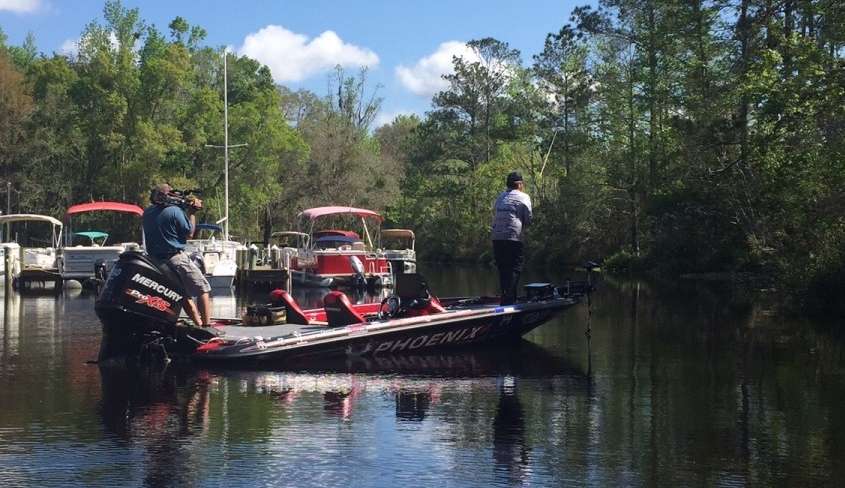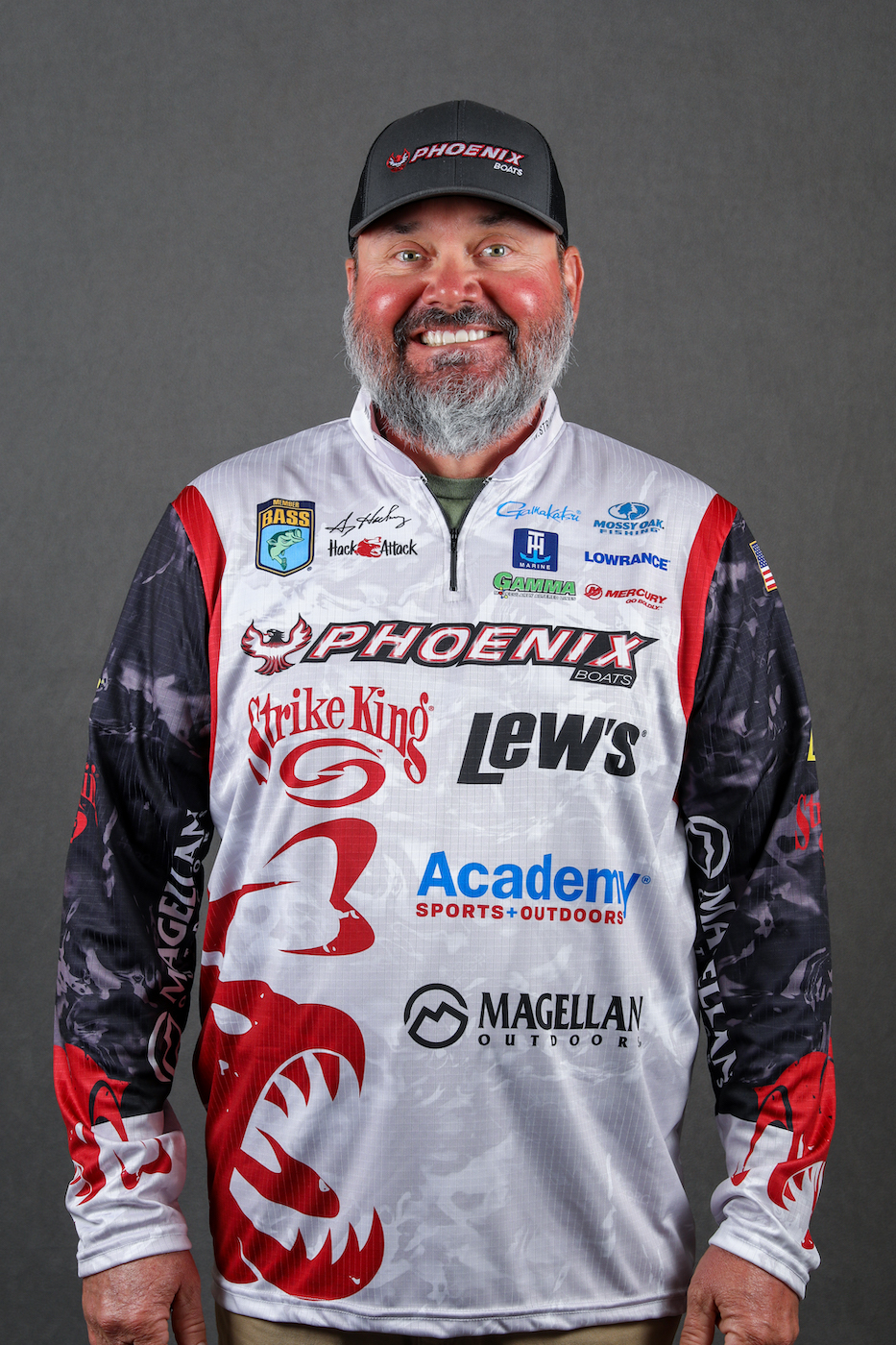
Flipping mats is an important part of being a complete bass angler. Before we get into tackle and technique, though, we need to talk a little about what a mat is and why you should fish it all year long except for when bass are actually on the beds.
A lot of guys think of mats as being made of grass or vegetation. That’s true most of the time, I guess. But really, though, a mat can be made of anything. Most places have a shoreline made up of pine trees, oak trees and in some places maple trees.
The pine trees have needles and the others have leaves. They fall into the water. The wind and current pile them up along the shore or against bluffs. That’s a mat. You can fish it just like you do one made out of vegetation. Actually, I’ve fished mats made of discarded lumber, cardboard and Styrofoam — trash.
Bass will hold under any mat if it breaks the sunlight and there’s a foot of water under it. They offer shade, an ambush point and a safe place away from their predators. The only time they won’t use a mat is when they’re actually on the bed. They like sunlight then.
So, no matter where you live, or what kind of water you fish, there’s likely to be a mat that’s available for you to flip.
The subject of tackle is where this discussion really starts, and it’s a little touchy. I say that because in my experience most anglers do not use anything close to what they should. Most of them are carrying a knife to a gunfight. And, like the guy with the knife, they lose.
I’m going to go through my tackle choices in great detail. I’ll describe what I use and tell you why I use it. I’m not saying that my choices are the only good ones. They aren’t, but they do work. If you choose to use something else, make sure it has the characteristics I describe. They’re critical if you expect to be successful fishing mats.
We’ll start with a rod. You want something that has a heavy action blank but with some tip to it, and it needs to have a parabolic bend from the tip to the handle. Your ordinary worm rod won’t do the job and neither will a broomstick. You need the parabolic bend to set the hook and the strong blank to pull the fish out from under the mat.
You don’t want a featherweight rod, either. I know they’re popular because they’re easy to use all day but you need weight to help you set the hook when you get a bite as well as the parabolic flex. We’ll talk more about that later.
As far as length is concerned, I recommend something close to 8 feet. The one I use is 7 feet, 11 inches long. The extra length gives you a little more distance on your pitch or flip, and it’ll help you handle the extra weight you’re going to be using. Some anglers, especially those who are not so tall, drop down to 7 feet, 6 inches. That’s fine if it works for you, but I would never go shorter than that.
I flip mats with a Quantum 7-foot, 11-inch model rod that has all the characteristics I’ve been talking about.
Next week we’ll talk about reels, line, hooks, sinkers and lures.
Editor’s note: Read part 2 here.

